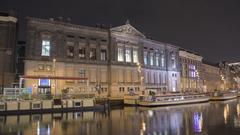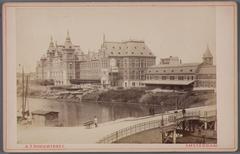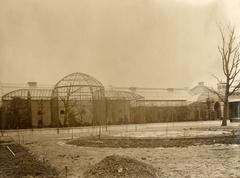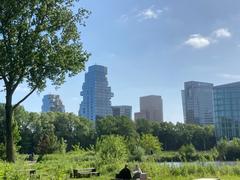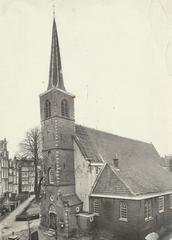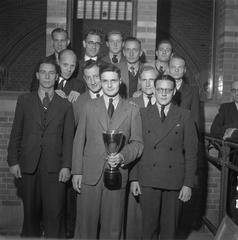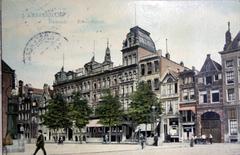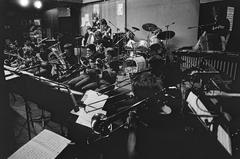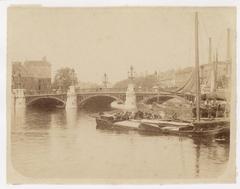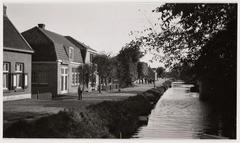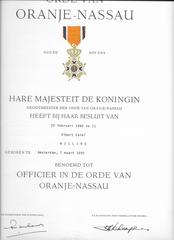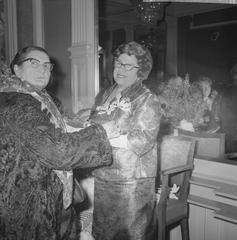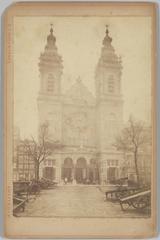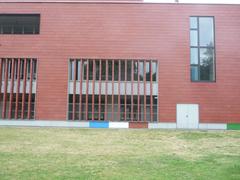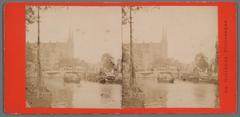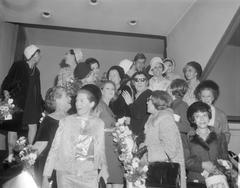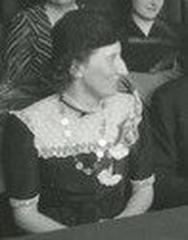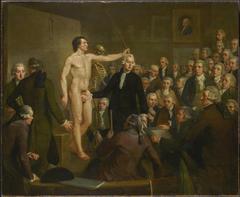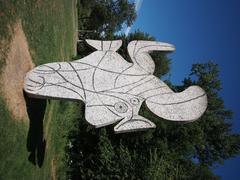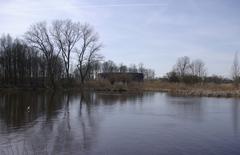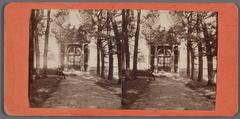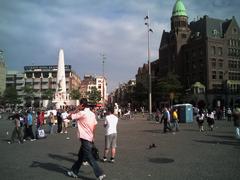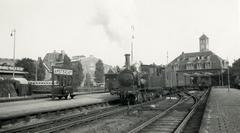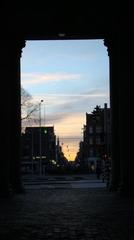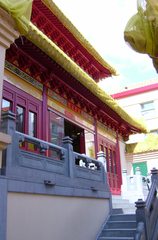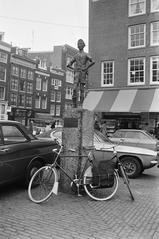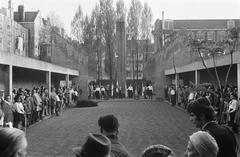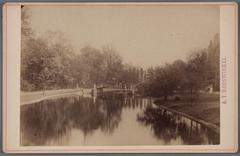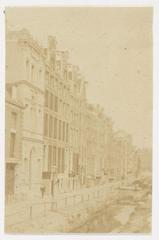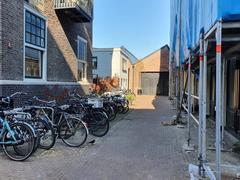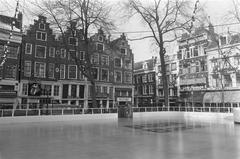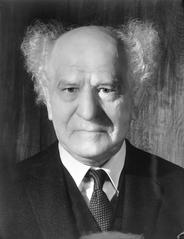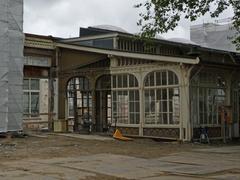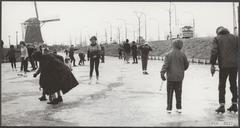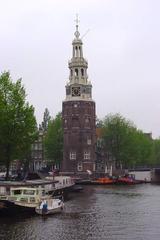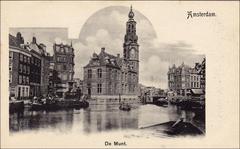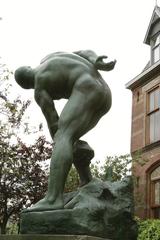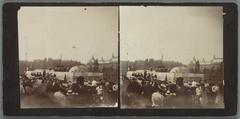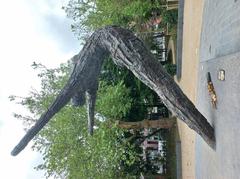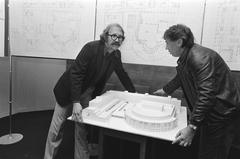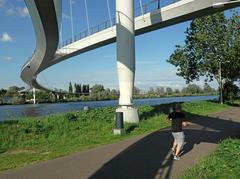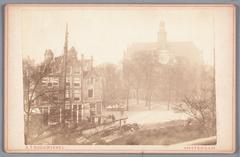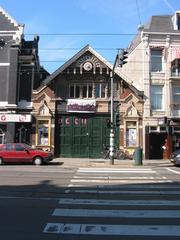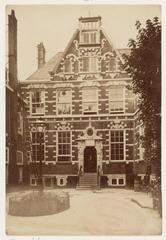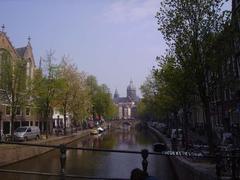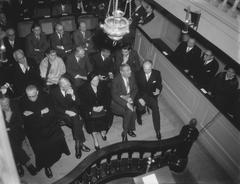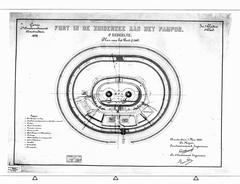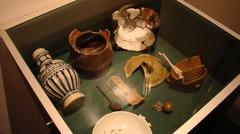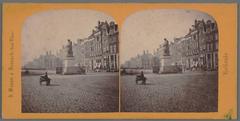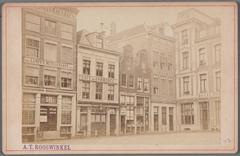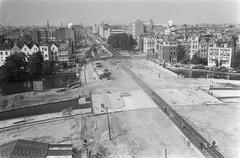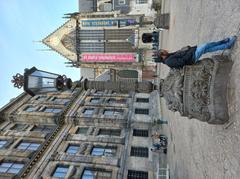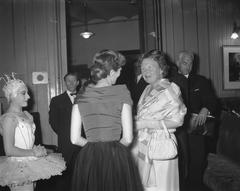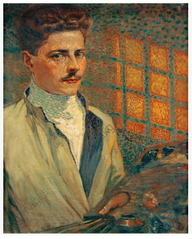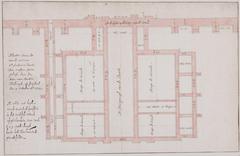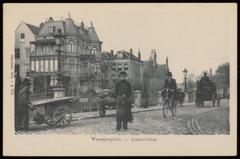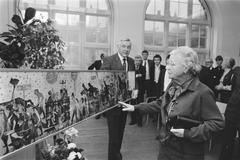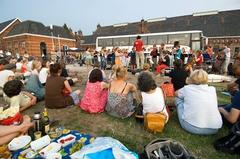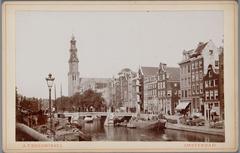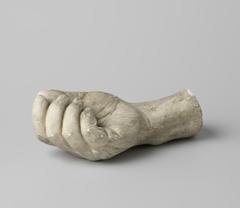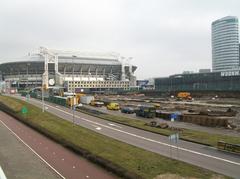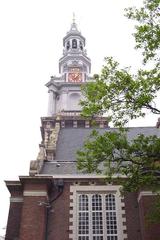
Begijnhof Amsterdam: Visiting Hours, Tickets, and Comprehensive Historical Guide
Date: 03/07/2025
Introduction
Tucked away in the heart of Amsterdam, the Begijnhof is a tranquil courtyard steeped in centuries of history, spirituality, and architectural beauty. Originally founded in the 14th century as a sanctuary for the Beguines—a lay Catholic sisterhood who lived semi-monastic lives—the Begijnhof remains a living enclave, seamlessly blending medieval heritage with ongoing tradition. This guide offers an in-depth look at the Begijnhof’s history, architectural highlights, visiting hours, ticket information, accessibility, travel tips, and nearby attractions, as well as essential advice for a respectful and enriching visit (DutchAmsterdam; TipsAmsterdam; amsterdam.info; audiala.com).
Table of Contents
- Introduction
- Historical Overview
- Visitor Information
- Special Events and Guided Tours
- Visuals and Media
- FAQ
- Conclusion
- Call to Action
- References
Historical Overview
Medieval Origins and Foundation
The Begijnhof is among Amsterdam’s oldest inner courtyards, with its roots stretching back to the late 14th century. Created as a sanctuary for the Beguines, this community allowed women to pursue religious devotion, charitable work, and a degree of independence unusual for the era. The Beguines were not nuns; they could own property, leave the community to marry, and were not bound by lifelong vows, embodying a progressive vision of female autonomy (DutchAmsterdam; TipsAmsterdam).
Architectural Evolution and Layout
Originally, the Begijnhof was surrounded by water, and access was strictly controlled, reflecting its function as a place of security and seclusion. After the canals were filled in during the 19th century, a new entrance was created at Spui Square. Today, the rectangular courtyard is lined with historic houses—many featuring 17th- and 18th-century facades and Gothic wooden frameworks—encircling the peaceful central garden (DutchAmsterdam; amsterdam.info).
The Oldest Wooden House
A true architectural gem, the Houten Huys (Wooden House) at number 34, is one of only two surviving wooden houses in Amsterdam. Dating from around 1528, it offers a rare glimpse into medieval Dutch domestic architecture and stands as a testament to the city’s former timber-building traditions (TipsAmsterdam; wanderlustingk.com).
Religious Life and Tolerance
The Beguines’ Spiritual Practices
The Beguines’ religious life centered around their chapel, built in the early 15th century. Their way of life emphasized piety and service but allowed individual autonomy.
The Reformation and Hidden Catholic Chapel
With the Protestant Reformation in the 16th century, Amsterdam’s Catholic churches, including the Begijnhof chapel, were confiscated. The Beguines adapted by creating a clandestine Catholic chapel in 1665—now the Begijnhofkapel—hidden within two adjoining houses, allowed under Amsterdam’s pragmatic policy of religious tolerance (introducingamsterdam.com; wanderlustingk.com).
The English Reformed Church
The former chapel was repurposed in the early 17th century to serve the English-speaking Protestant community, becoming the English Reformed Church. Its simple Gothic architecture, pointed arches, and stained glass windows create a serene setting for ongoing worship and classical concerts (AdequateTravel; amsterdam-2-go.com).
Visitor Information
Visiting Hours
- Courtyard: Open daily, typically from 9:00 AM to 5:00 PM. Hours may vary during holidays or special events (amsterdam.info).
- Begijnhofkapel and English Reformed Church: Have specific visiting and service times; check their respective websites for details.
Tickets and Entrance
- Admission: Free entry to the courtyard.
- Donations: Appreciated at the Begijnhofkapel and the English Reformed Church.
Accessibility
- Main paths are paved and generally accessible to wheelchair users; some historic buildings and entrances may have limited access due to age and structure (audiala.com).
- Cobblestones can be uneven—comfortable footwear is recommended.
Travel Tips
- Arrive early or later in the afternoon for a quieter experience.
- Photography is allowed in public areas; please avoid photographing private residences and interiors unless permitted.
- Maintain silence and respect the privacy of residents; large groups and loud talking are discouraged.
Nearby Attractions
- Kalverstraat: Amsterdam’s main shopping street.
- Spui Square: Lively area with cafés and bookstores.
- Amsterdam Museum: Learn more about the city’s history.
- Flower Market (Bloemenmarkt): A short walk away.
Special Events and Guided Tours
- Guided Tours: Available seasonally through local operators; book in advance for in-depth historical context (audiala.com).
- Religious Services: Regular Catholic masses and English-language Protestant services are held in the chapels (Begijnhofkapel Vieringen).
- Concerts: The English Reformed Church hosts classical music concerts, particularly in summer (amsterdamtips.com).
Visuals and Media
- Include high-quality images of the courtyard, Houten Huys, Begijnhofkapel, and English Reformed Church.
- Use descriptive alt text: e.g., “Begijnhof Amsterdam courtyard with historic houses,” “Houten Huys medieval wooden house,” and “English Reformed Church interior at Begijnhof.”
- Virtual tours and maps are available on the official Amsterdam tourism website.
FAQ
Q: What are the visiting hours of the Begijnhof?
A: Generally open daily from 9:00 AM to 5:00 PM.
Q: Is there an admission fee?
A: No, entry to the courtyard is free. Donations are welcome at the chapels.
Q: Are guided tours available?
A: Yes, guided tours can be booked through local operators or the official website.
Q: Is the Begijnhof accessible for people with disabilities?
A: Main paths are accessible, but some areas have uneven paving or narrow entrances.
Q: Can I take photos inside the Begijnhof?
A: Photography is allowed in public areas; please respect residents’ privacy.
Conclusion
The Begijnhof stands as a serene testament to Amsterdam’s layered past—melding medieval architecture, religious tolerance, and female independence within a living community. Free and easily accessible, it offers a peaceful retreat and a window into the city’s history. Visitors are encouraged to approach with respect for its residents and traditions, ensuring this unique sanctuary remains preserved for future generations.
Call to Action
Enhance your visit by downloading the Audiala app for curated guided tours and up-to-date event schedules at the Begijnhof and other Amsterdam historical sites. Stay connected with us on social media for travel inspiration and practical tips to explore Amsterdam’s rich heritage.
References
- Begijnhof Amsterdam Visiting Hours, Tickets, and History Guide, 2025, DutchAmsterdam (DutchAmsterdam)
- Begijnhof Amsterdam Visiting Hours, Tickets, and Historical Highlights, 2025, IntroducingAmsterdam (introducingamsterdam.com)
- Begijnhofkapel Amsterdam Official Services and Hours (Begijnhofkapel Amsterdam)
- Begijnhof Amsterdam Guide, 2025, TipsAmsterdam (TipsAmsterdam)
- Begijnhof Chapel in Amsterdam: History, Services, and Facts, 2025, AdequateTravel (AdequateTravel)
- Begijnhof Amsterdam Visiting Hours and Tickets, 2025, Amsterdam.info (amsterdam.info)
- English Reformed Church Amsterdam, 2025, Audiala (audiala.com)




